ADHD, or Attention-Deficit/Hyperactivity Disorder, is a common neurodevelopmental disorder that affects both children and adults. Characterized by symptoms of inattention, hyperactivity, and impulsivity, ADHD can significantly impact daily functioning and quality of life. Let’s delve into what ADHD is, its symptoms, causes, diagnosis, and treatment options.
What is ADHD?
Some see it as just an acronym, or a way to describe a hyper child. The reality is that ADHD is very common in adults and college students and can create major mental blocks for people in their everyday lives. Poor memory, executive task dysfunction, anti-social, irritability, are all potential traits that are carried in someone diagnosed with ADHD.
The disorder is classified into three subtypes based on the predominant symptoms:
- Predominantly Inattentive Presentation: Difficulty sustaining attention, following instructions, and organizing tasks.
- Predominantly Hyperactive-Impulsive Presentation: Excessive fidgeting, restlessness, and impulsive behaviors.
- Combined Presentation: A combination of both inattentive and hyperactive-impulsive symptoms.
Symptoms of ADHD
ADHD symptoms can vary widely from person to person, but they generally fall into two main categories: inattention and hyperactivity-impulsivity.
Inattention:
- Difficulty sustaining attention in tasks or play activities
- Frequent careless mistakes in schoolwork or other activities
- Difficulty organizing tasks and activities
- Often losing things necessary for tasks (e.g., keys, school materials)
- Easily distracted by extraneous stimuli
- Forgetfulness in daily activities
Hyperactivity and Impulsivity:
- Fidgeting with hands or feet, squirming in seat
- Difficulty remaining seated in situations where expected
- Running or climbing in inappropriate situations
- Inability to play or engage in activities quietly
- Talking excessively
- Interrupting or intruding on others’ conversations or games
Primarily Combined Type ADHD
Individuals with combined-type ADHD display a mixture of all the symptoms outlined above. A physician will diagnose patients with this Combined Type ADHD, if they meet the guidelines for Primarily Inattentive ADHD and Primarily Hyperactive-Impulsive ADHD.
Causes of ADHD
The exact cause of ADHD is not fully understood, but it is believed to result from a combination of genetic, neurological, and environmental factors::
- Genetics: A family history of ADHD
- Brain Structure and Function: If certain areas of the brain are underdeveloped, like recall, memory, and cognitive function
- Environmental Factors: Excessive alcohol use, born prematurely, and even exposure to lead have be shown to be factors
Diagnosing ADHD
A proper diagnosis is determined by a medical professional that will review a number of behavioural, emotional, and historical factors. Some categories that are tested can be:
- Verbal recall
- Cognitive ability
- Emotional regulation
- Social behaviour
Treatment Options for ADHD
To date there is no cure for ADHD, only a multitude of treatments that together help reduce the impacts and symptoms, such as:
- Medication: Prescribed by your doctor after a fulsome assessment
- Behavioral Therapy and or Coaching: Formulating a plan that includes a number of strategies, coping skills, and regulation techniques
- Education and Support: Ensuring there is a strong network of friends and family that are there to help and understand the diagnosis is vital.
- Lifestyle Changes: Having a hard look at your lifestyle and what you may need to change in terms of diet, exercise, toxic relationships etc.
Living with ADHD
Having ADHD is not a dead end. It can be very rewarding and even perspective changing once you are diagnosed. With the right attitude, support, and effort to focus on your treatment you will thrive.

